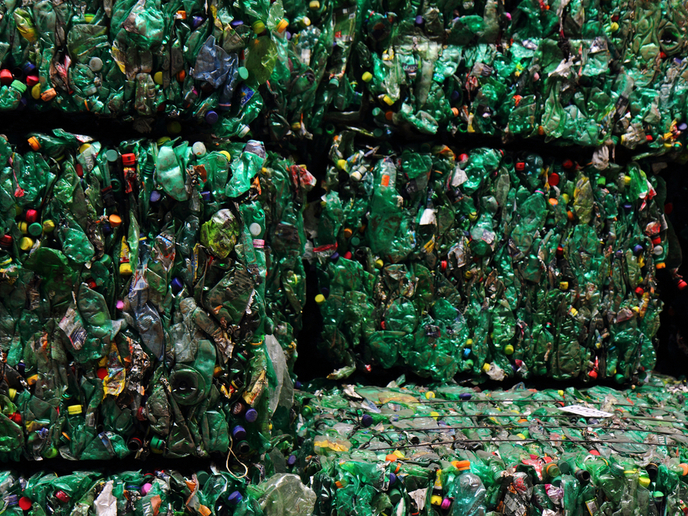How to turn waste into a plastic alternative
There is an insatiable appetite for plastics despite the environmental and health risks involved with plastic waste mismanagement. If current consumption patterns and waste management practices continue, there will be about 12 billion t of plastic litter in landfills and the natural environment by 2050. But could plastic be replaced by a material that is equally light, resistant and fully biodegradable? Yes it could, according to a team of scientists who are working on an environmentally friendly alternative. Partially supported by the EU-funded NaMeS project, the team has developed a new method of obtaining a compound with various applications in biochemical industries. The researchers have published their study in the journal ‘Applied Catalysis B: Environmental’. A news release summarising the findings reports that the team has turned hydroxymethylfurfural (HMF), a common product that is sourced from the acid hydrolysis of sugars obtained from cellulose, lignin and inulin, among others, into aldehyde, 2,5-diformylfurfural (DFF). HMF is a compound used in polymers, solvents, surfactants, pharmaceuticals and plant protection agents. The oxidation derivatives of HMF also have commercial value. For example, DFF has various useful applications involving the production of cosmetics, fragrances, fuels, medicines and chemical agents, to name just a few. There are several methods for making DFF, but these provide low yields and poor selectivity and are not eco-friendly. In the journal article, the scientists note that “research towards an economically feasible DFF production with low environmental impact, focuses on the use of low cost non-precious/noble metal catalysts, avoidance of hazardous chemicals (bases or organic solvents) and use of mild oxidants (i.e. molecular oxygen), as well as utilization of low temperature/energy consuming processes, such as sonochemistry and photocatalysis.” In the news release, study co-author Prof. Juan Carlos Colmenares emphasises that the team’s technique is waste-free, “without the addition of oxygen or additional compounds (e.g. hydrogen peroxide H2O2).” Furthermore, the method doesn’t require high temperatures or expensive catalysts.
PET alternative
Prof. Colmenares says: “We want it to be possible to replace PETs with something that decomposes in a few months or at most a few years. Today’s plastics, made from petroleum, contain phthalates and other plasticizers – a sort of “soup” of organic and even inorganic compounds – and no bacteria or fungus on their own can break them down. That’s why they remain for so long in the forests and seas.” PET refers to a general-purpose thermoplastic polymer used in plastic bottles and other packaging, as well as in fabrics. The professor adds that products “based on DFF contain furans – sugars, and what comes from nature is better received by nature. There have already been tests of such polymers. They break down into monomers resembling sugars. And sugars are a tasty treat for many microorganisms. Even if a bottle of this sort of plastic is thrown away into the forest, it will decompose much faster than conventional polymers, after a few years at the latest.” The ongoing NaMeS (“Interdisciplinary NAnoscience School: from phenoMEnology to applicationS”) project that supported the study has recruited early-stage researchers to carry out international, intersectoral and interdisciplinary research projects combining chemistry, physics, mathematics, biology and materials science. For more information, please see: NaMeS project website
Countries
Poland



